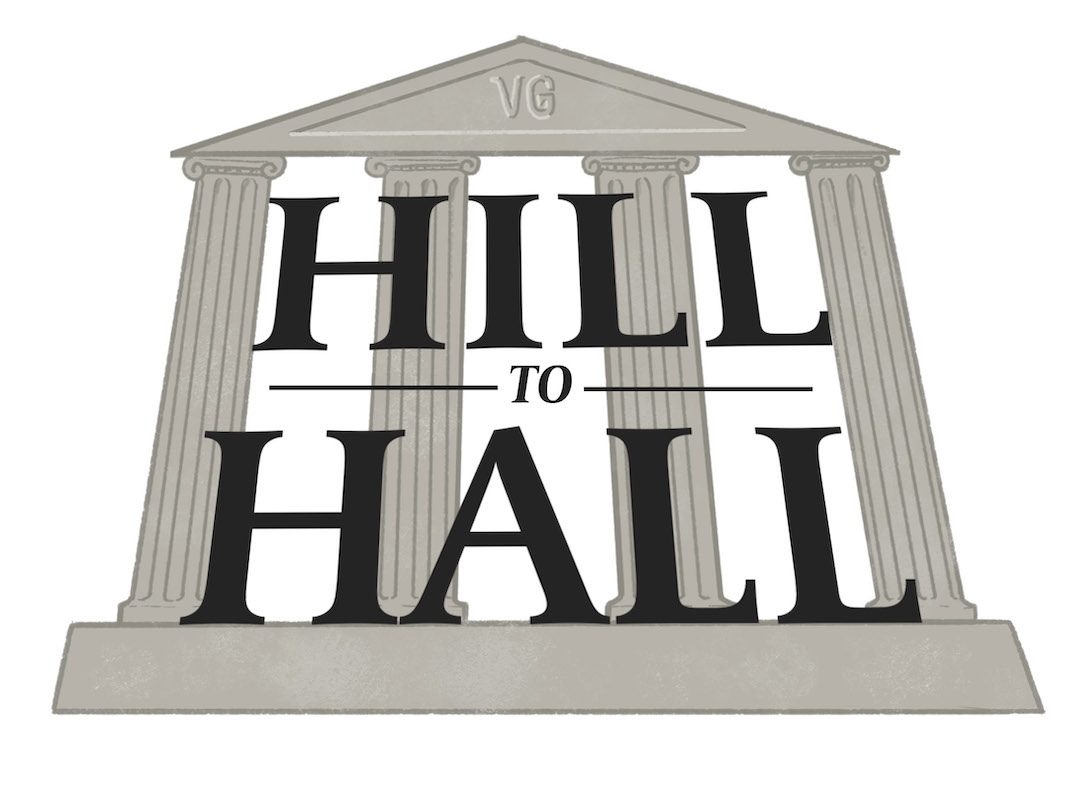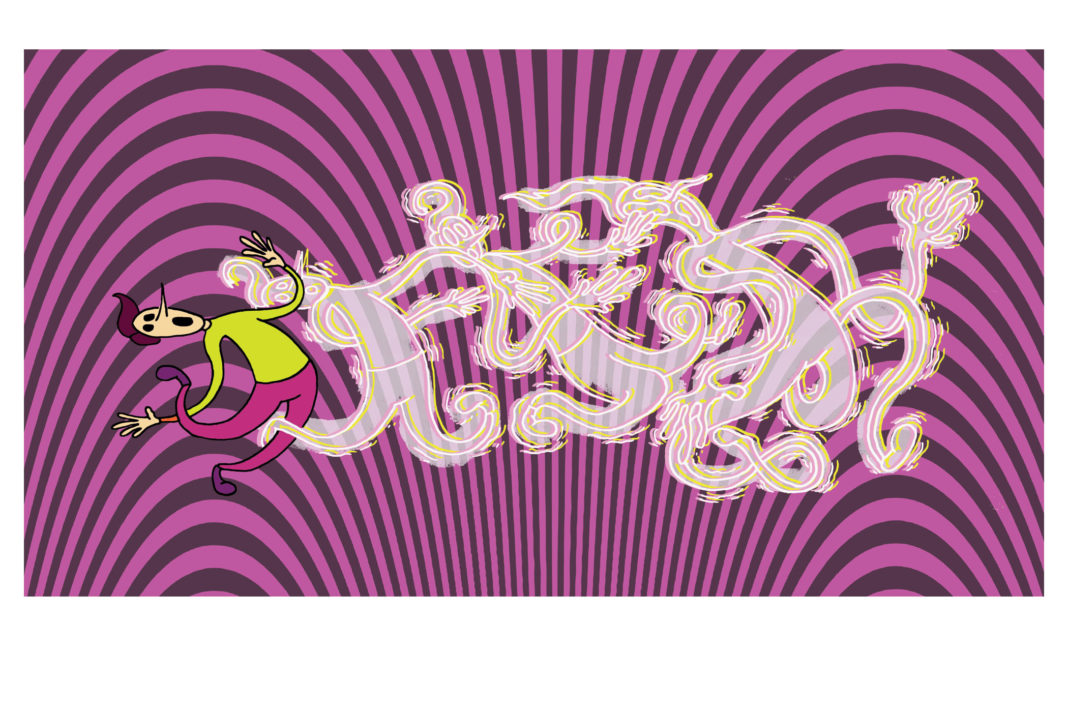In times of uncertainty, it’s normal to question the idea of happiness. What does happiness mean? Is it achievable?
How we achieve happiness, and which symptoms our bodies manifest, can be dramatically different from person to person.
Looking at this from a scientific route, it breaks this tradition out in two parts.
The first part says happiness is a subjective outcome—when an action is initiated, a corresponding reaction is produced and we are either happy or unhappy relative to our circumstance.
The second says happiness is just a byproduct of living well—the realization of potential. This is when you have awareness, you self-regulate and you focus on intrinsic values.
So, what is the difference between being happy and living well?
How do we adapt this to our current circumstances?
Shedding light on some different approaches to dealing with challenges lets us look at the key elemental designs found in our arts and cultural spaces. These same tactics are things each of us can borrow and implement in our daily lives.
Typically, these spaces are framed by using colored or textured light patterns—like in a bar or restaurant, or by inserting plants, paintings or water features—setting the mood in a public space. These features ease the tension in the atmosphere and allow strangers to break the preverbal bread and engage in a comfortable, friendly interaction.
How we think through, think beyond and navigate our way towards an optimistic viewpoint in a given circumstance is critical. While we all have spent time at our homes, either in big chunks of time or momentary fragments, none of us have truly had to stay in one place for longer than we can remember.
Salmon Street Springs
A perfect example of a public space you can stay in for extended periods is Salmon Street Springs in Portland’s downtown Tom McCall Waterfront Park.
The idea for the waterfront park originally came at the turn of the twentieth century, and its master plan stretches from Southwest Harrison to Northwest Couch. It is an alluring place on its own, somewhere that can be quiet yet loud, and full yet empty throughout the day.
Awfully familiar to what we are all experiencing at home, right?
With the life of the city continually adapting, the City of Portland hired Robert Perron Landscape Architects and Planners in 1989 to develop an open space or esplanade serving the public, an amphitheater and a fountain.
However, instead of reorienting what may ultimately be known as the best feature of the park—the fountain—toward the river, the designers wanted to pull the focus of the fountain inland, bringing the eye back in, using the cityscape itself as a backdrop for connecting the people with its water.
The fountain itself self-regulates. It changes its water patterns daily, actively aware of its water consumption. It recycles up to 4,924 gallons of water per minute when at full capacity, and provides an intrinsic experiential value when one of its three cycles are performed—ranging from its rhythmic arcing jets (“bollard”), to a drenching spray (“misters”), to two tiers of vertical jets (“wedding cake”).
Symbolically, the fountain itself is a representation of our happiness. Its continual change in shape and form, scale and proportion—the change in its water temperature, providing both desired and undesired effects—although the Polar Bear Club would argue that extremely cold water is enjoyable.
When thinking of our collective happiness, wellbeing and circumstance, we should truly look at them all as being fundamentally intertwined. They are all inherently invisible: without a physical presence, figurative introspections at their core.
At the personal level, we each should take time for personal observation, reevaluating our orientation towards the horizon. The ability to sway in and out of our comfort zones, experiencing things we don’t and may never feel comfortable with, immensely impacts our culture, the way we design spaces and our quality of life. Transforming our physical and mental built environment is now a part of our everyday life.






